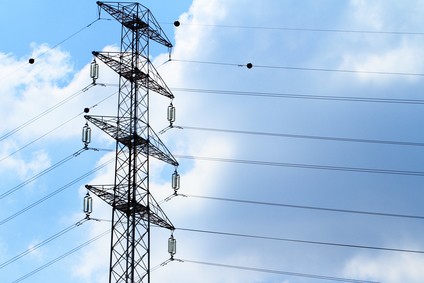By Category
Blog Categories
Choosing an AER (Part 4: Energy Costs)
So here's a topic that may not be on the forefront of someone's mind looking into the purchase of an automatic endoscopic reprocessor; Energy Efficiency.
We've already covered "Cycle time" in our prior article "Choosing an AER | Part 2: Cost Per Cycle". But cycle time also relates to and affects energy efficiency so it makes sense that we'd go into the energy perspective of cycle time here. All things being equal, any logical argument about energy consumption would include "the longer a unit takes to sterilize scopes the more it would typically cost to operate". But there's more to this equation based on the strategies and features implemented by the manufacturers for each of their machines to compare.
One manufacturer may boast they have the "fastest cycle time". That's a great marketing strategy and may just be enough to persuade and uninformed buyer. But the question is, how many scopes did it clean during that time? Some AER manufacturers offer dual basin machines that can double your scope cleaning output in about the same time as a single basin. Others allow for more than one scope to be sterilized in each basin it offers. So the actual complete cycle time is not the only factor to consider as these features could double or even quadruple an AER units energy efficiency based on how many scopes it was able to clean even if the cycle time was longer than the manufacture that boasted the "fastest cycle time".
Another topic that is even less likely to be considered, but may directly affect the energy efficiency is the choice of, or what disinfectants an AER being considered was designed to be ran with. At first glance, you may be wondering how this relates to energy consumption. After all, how can the disinfectant used to sterilize scopes affect the overall energy used? Well there's a couple things to think through and both affect the time it takes for a complete cycle.
- First, if the disinfectants used are able to be used at room temperature then it takes less time to pre-heat, or bring the disinfectant up to temperature to sanitize the scopes and complete the process properly saving energy.
- The second topic has to do with the mandatory contact time necessary for the disinfectant to sanitize. If the contact time of one product is less than another then there may be a time savings there as well which could lead to better energy efficiency as well.


